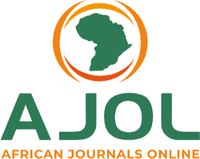EVALUATION OF KAOLIN CLAY DEPOSITS IN GOMBE STATE AS ADDITIVE FOR INDUSTRIAL APPLICATIONS
DOI:
https://doi.org/10.56892/bima.v6i03.68Keywords:
Kaolin, Additive, Evaluation, Characterization, Alumino-silicate.Abstract
The geological origin and geographical formation of kaolin coupled with the processing method influences some physical and chemical properties of the kaolin, which invariably affect its industrial application capabilities. In this study, raw kaolin clay at different point from four identified deposits around Gombe state were excavated and collected for assessment. The samples were characterized using the X-ray diffractometer (XRD) to determine the mineralogical peaks and the crystalline phases in each of the specimen. After which, the chemical composition of the samples was quantified using X-ray fluorescence (XRF) test. Firing of all specimens was conducted at varied firing temperatures of 900°C, 1000°C, 1100°C and 1200°C at the heating rate of 2.5°C/min. The result of the mineralogical analysis revealed that all the studied samples are alumino-silicate clays and were categorized under chemical classification group of 60-70% of SiO2, 23-33% of Al2O3, and 6-10% of impurities, suitable for use as low duty refractories and fire bricks in accordance with ASTM C27-98 standard.





